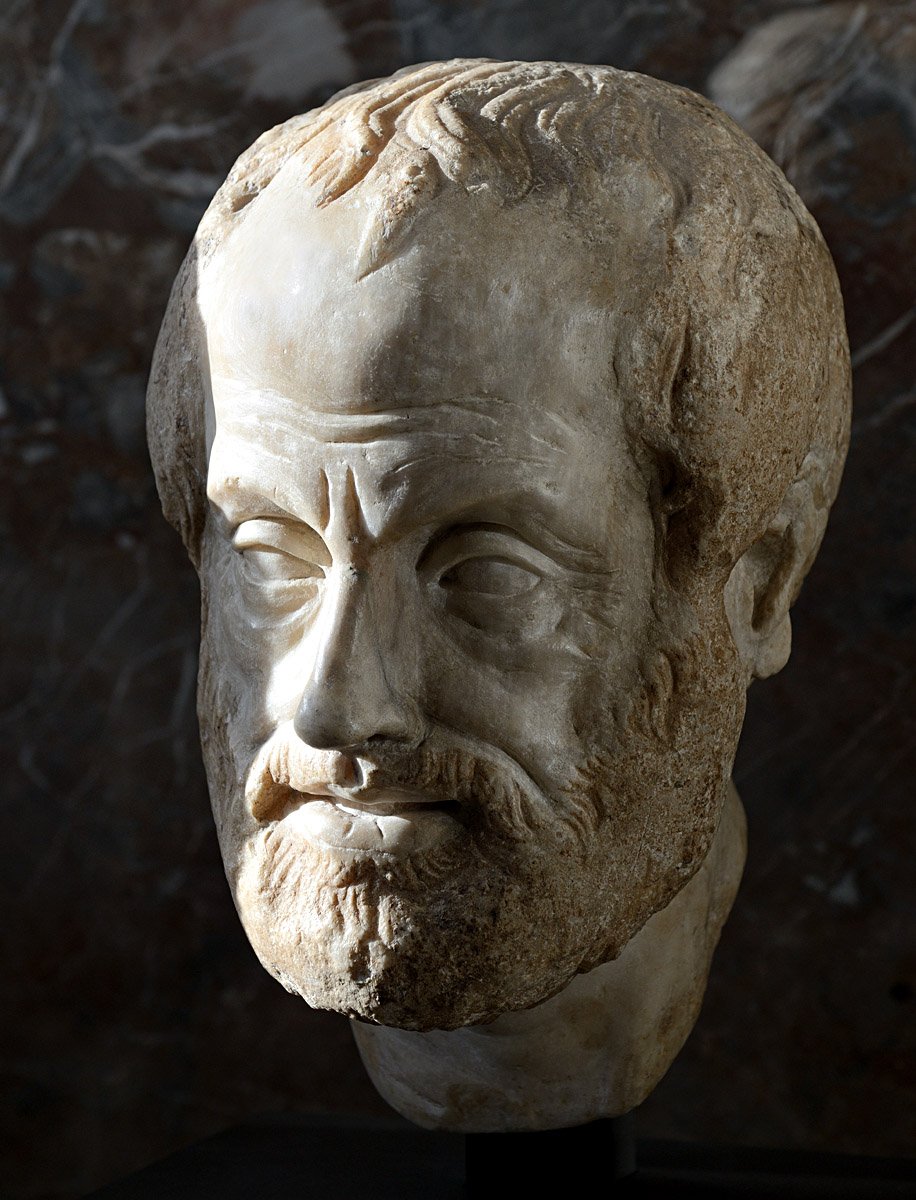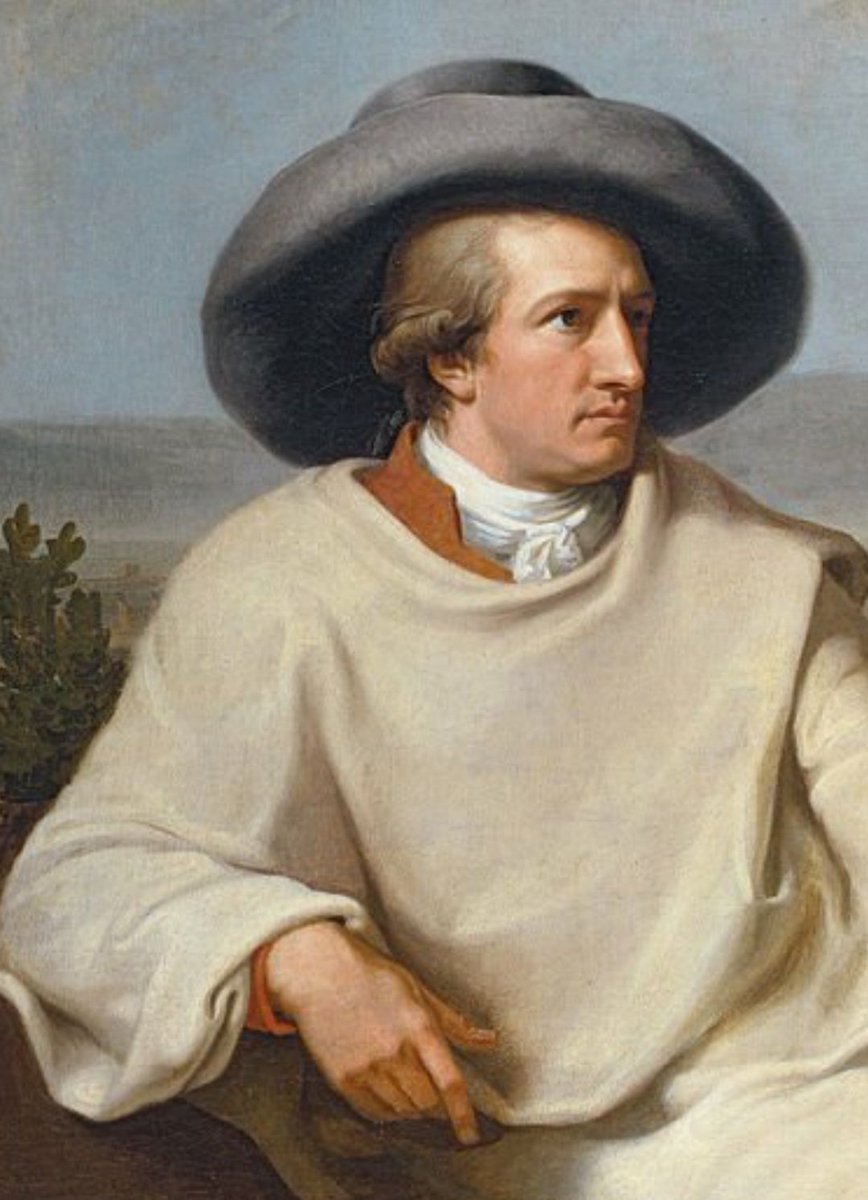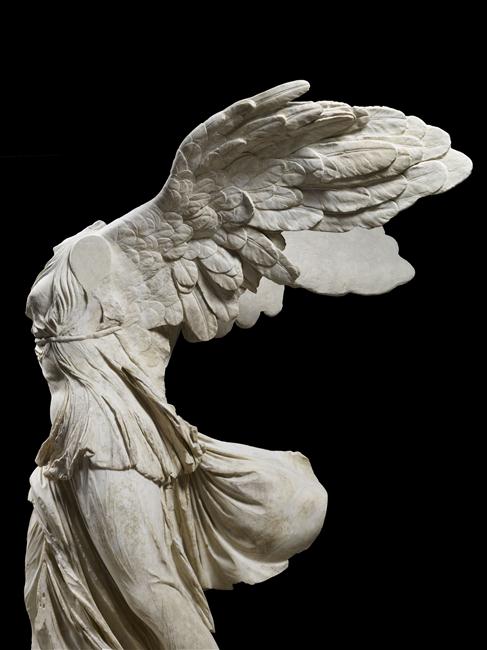
Father & Husband-Advocate for Liberty. Classicist aficionado. History/ Art/ Literature. Bibliophile & philosopher-poet.

 2 subscribed
2 subscribed

 2 subscribed
2 subscribed
How to get URL link on X (Twitter) App


 2 subscribed
2 subscribed

 The Christian mystic's vision of God can't be translated into human language. One of the ways to describe this boundless vision is by way of negation or via negativa (apophatic way) where anything we say of God must negate every attribute due to unknowability= "divine darkness"
The Christian mystic's vision of God can't be translated into human language. One of the ways to describe this boundless vision is by way of negation or via negativa (apophatic way) where anything we say of God must negate every attribute due to unknowability= "divine darkness" 

 Fugai Ekun (1568–1654) Hotei Pointing to the Moon, hanging scroll, ink on paper.
Fugai Ekun (1568–1654) Hotei Pointing to the Moon, hanging scroll, ink on paper. 
 Did Caesar really utter this phrase? Yes according to Suetonius, who recorded as alea iacta est ('the die is cast') & Plutarch in Greek
Did Caesar really utter this phrase? Yes according to Suetonius, who recorded as alea iacta est ('the die is cast') & Plutarch in Greek
 Red-figured kylix detail showing a bearded symposiast holding up a kylix or drinking cup by the Douris Painter ca. 450 BC at Museo Archeologico Etrusco, Florence [1]
Red-figured kylix detail showing a bearded symposiast holding up a kylix or drinking cup by the Douris Painter ca. 450 BC at Museo Archeologico Etrusco, Florence [1]

 The Greco-Roman custom of dividing the natural day into twelve equal parts or hours started in Rome 45 BC a new regulation of the calendar mandated by J. Caesar.
The Greco-Roman custom of dividing the natural day into twelve equal parts or hours started in Rome 45 BC a new regulation of the calendar mandated by J. Caesar. 

 Eudaimonia (Eu-: good
Eudaimonia (Eu-: good

 This unique depiction of the diver is one of the most fascinating & mysterious artistic imagery from antiquity.
This unique depiction of the diver is one of the most fascinating & mysterious artistic imagery from antiquity. 
 "I pray that my existence may develop further, the stem grow taller, the flowers blossom forth in greater abundance and beauty. If I cannot come back reborn, it would be much better not to come back at all"
"I pray that my existence may develop further, the stem grow taller, the flowers blossom forth in greater abundance and beauty. If I cannot come back reborn, it would be much better not to come back at all" 





 This is the famous speech against Rome's rapacious expansionism by Calgacus, chieftain of Caledonian Confederacy who fought the Roman army of Gnaeus Julius Agricola (Tacitus' father-in-law) at the Battle of Mons Graupius, northern Scotland in AD 83-84.
This is the famous speech against Rome's rapacious expansionism by Calgacus, chieftain of Caledonian Confederacy who fought the Roman army of Gnaeus Julius Agricola (Tacitus' father-in-law) at the Battle of Mons Graupius, northern Scotland in AD 83-84. 



 One of my favorite Nike depictions is this striking "one-wing" Nike, which seems to have survived by losing one of her wings, thus heralding a prophetic cry: Victory is never gained unscathed.
One of my favorite Nike depictions is this striking "one-wing" Nike, which seems to have survived by losing one of her wings, thus heralding a prophetic cry: Victory is never gained unscathed.


 These two Homeric epithets for Ares: Areiphatos & Areiktamenos mean respectively "killed by Ares" & "killed in War", i.e. Ares ultimately embodies every death in war.
These two Homeric epithets for Ares: Areiphatos & Areiktamenos mean respectively "killed by Ares" & "killed in War", i.e. Ares ultimately embodies every death in war. 

 Plato's Theory of Forms/Reminiscence:
Plato's Theory of Forms/Reminiscence: 